Home>Home Appliances>Bathroom Appliances>How A Hair Dryer Works
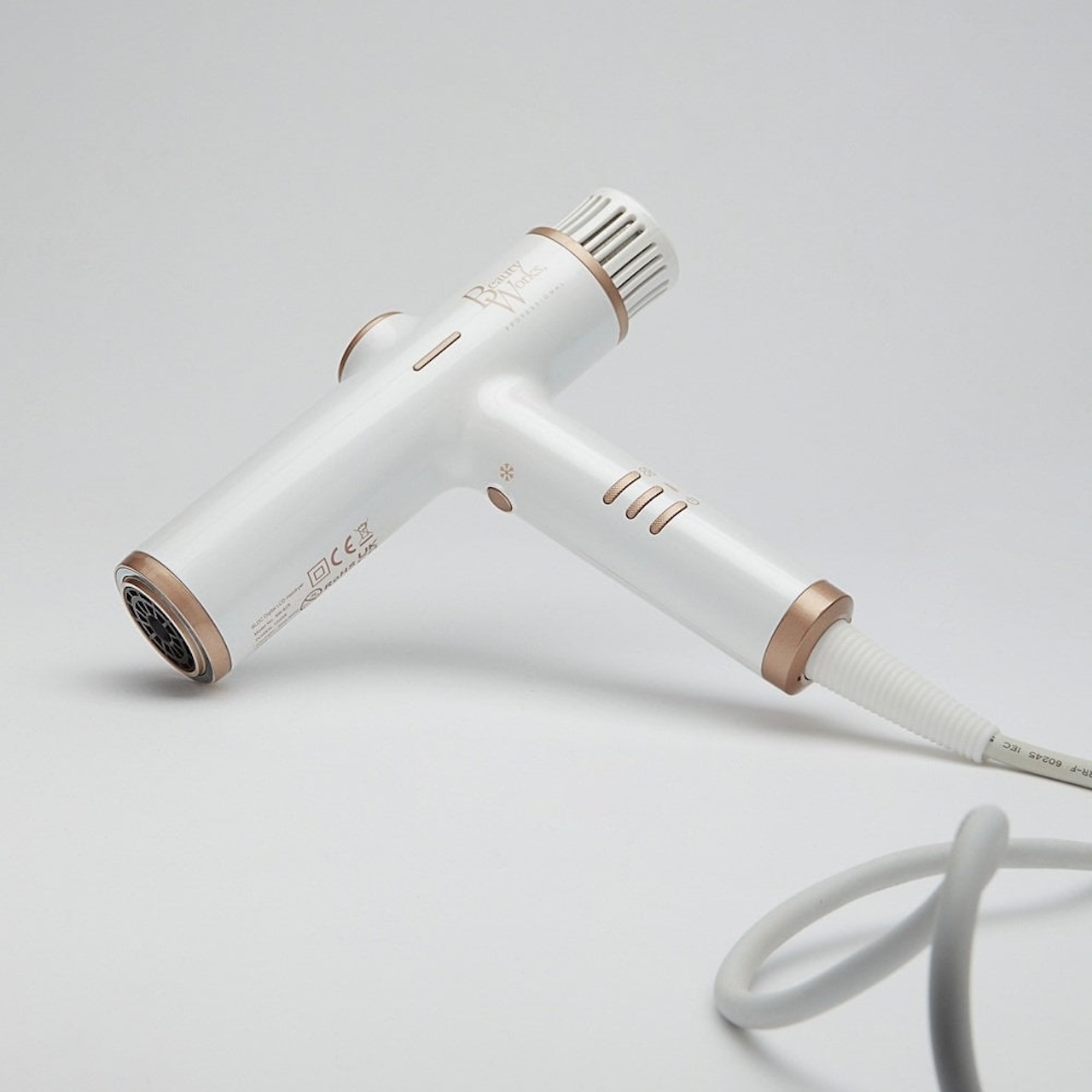

Bathroom Appliances
How A Hair Dryer Works
Modified: January 5, 2024
Discover the inner workings of a hair dryer and its role in your bathroom routine. Learn about the technology behind this essential bathroom appliance.
(Many of the links in this article redirect to a specific reviewed product. Your purchase of these products through affiliate links helps to generate commission for Storables.com, at no extra cost. Learn more)
Introduction
Welcome to the fascinating world of hair dryers! These ubiquitous bathroom appliances have become an indispensable part of our daily grooming routines. Whether you're styling your hair for a special occasion or simply looking to dry it quickly, a hair dryer can be your best friend. Have you ever wondered how this miraculous device works its magic? In this comprehensive guide, we'll delve into the inner workings of a hair dryer, unraveling its components and shedding light on the technology that makes it all possible.
So, let's embark on a journey to uncover the secrets behind the functionality of a hair dryer. From the heating element to the fan and motor, from airflow dynamics to safety features, we'll explore every aspect in detail. By the end of this enlightening exploration, you'll have a newfound appreciation for the engineering marvel that is the humble hair dryer. So, grab your favorite hair care products, and let's dive into the captivating world of hair dryer technology!
Key Takeaways:
- Hair dryers work by using a heating element to make hot air, a fan and motor to blow the air, and special safety features to keep you safe. It’s like a magic wind machine for drying and styling hair!
- The hair dryer’s parts, like the heating element and fan, work together to dry and style hair. It’s like a superhero gadget with cool technology and safety features to protect you while you use it!
Read more: How Does Dyson Hair Dryer Work
Components of a Hair Dryer
Before we unravel the intricate mechanisms that power a hair dryer, let’s familiarize ourselves with its key components. A typical hair dryer comprises several essential parts that work in harmony to produce the desired results. Understanding these components is crucial to comprehending the appliance’s functionality and the science behind its operation.
First and foremost, the outer casing or shell provides the structural integrity and houses the internal components. This casing is often made of durable materials such as plastic or metal, ensuring the device’s longevity and safety during operation. Additionally, the handle and controls are integral parts of the casing, allowing users to adjust settings and maneuver the hair dryer with ease.
The next vital component is the power cord, which supplies electricity to the hair dryer. This cord is equipped with insulation to prevent electrical hazards and is designed for flexibility and durability. Furthermore, the plug at the end of the cord enables the user to connect the hair dryer to a power source effortlessly.
Another crucial element is the control panel, which varies in complexity across different models. This interface allows users to adjust settings such as temperature, airflow speed, and special modes, providing a personalized and tailored drying experience. Advanced hair dryers may feature digital displays and touch-sensitive controls for enhanced usability.
Lastly, the concentrator and diffuser nozzles are attachments that modify the airflow, allowing for targeted drying and styling. The concentrator nozzle directs the airflow to specific areas, making it ideal for precision styling, while the diffuser disperses the air more broadly, perfect for enhancing natural curls and waves.
Now that we’ve acquainted ourselves with the fundamental components of a hair dryer, let’s delve deeper into the inner workings of this ingenious device.
Heating Element
The heating element is the heart of a hair dryer, responsible for generating the hot air that accelerates the drying process. Typically made of nichrome wire, a high-resistance alloy, the heating element converts electrical energy into heat. When the hair dryer is turned on, electricity flows through the nichrome wire, causing it to heat up rapidly. As a result, the incoming air is heated as it passes over the element, emerging as a warm or hot breeze, depending on the selected temperature setting.
It’s worth noting that modern hair dryers often feature ceramic heating elements, which offer several advantages over traditional nichrome wire. Ceramic elements distribute heat more evenly, reducing the risk of hot spots that could potentially damage the hair. Additionally, they emit infrared heat, which is gentler on the hair and helps to seal the cuticles, resulting in smoother and shinier locks.
The heating element’s temperature is regulated by a thermostat, ensuring that the air exiting the hair dryer remains within the desired range. This crucial safety feature prevents overheating and minimizes the risk of damage to the appliance and potential harm to the user.
As we unravel the science behind the heating element, it becomes clear that this component is pivotal to the hair dryer’s functionality. Its ability to transform electrical energy into controlled heat is what makes the drying and styling of hair a swift and efficient process. Now that we’ve explored the heating element, let’s move on to another integral part of the hair dryer: the fan and motor.
Fan and Motor
At the core of every hair dryer lies the dynamic duo of the fan and motor, working in tandem to produce the powerful airflow essential for drying and styling hair. The motor, typically a universal or AC motor, serves as the powerhouse of the hair dryer, converting electrical energy into mechanical energy. When the hair dryer is activated, the motor springs into action, driving the rotation of the fan at high speeds.
The fan, often equipped with angled blades or vanes, draws in ambient air and propels it towards the heating element. As the air passes over the heated element, it absorbs the warmth, resulting in a stream of hot air that exits the hair dryer’s nozzle. The design of the fan and its housing is optimized for efficient airflow, ensuring that the heated air is propelled with sufficient force to expedite the drying process.
Advanced hair dryers may feature multiple fan speed settings, allowing users to tailor the airflow to their specific needs. This versatility enables gentle drying for delicate hair or a more vigorous airflow for rapid drying and styling. Additionally, the design of the fan and motor assembly is engineered to minimize noise and vibration, ensuring a quieter and more comfortable user experience.
Furthermore, the motor and fan are meticulously balanced to reduce vibration and maintain stability during operation. This equilibrium is essential for the hair dryer’s longevity and user comfort, as it prevents excessive noise and ensures a smooth and steady airflow.
As we unravel the synergy between the fan and motor, it becomes evident that their harmonious collaboration is the driving force behind the hair dryer’s exceptional performance. Now that we’ve explored the fan and motor, let’s turn our attention to the critical aspect of airflow dynamics in a hair dryer.
To prevent damage to your hair, always use a heat protectant spray before using a hair dryer. This will help to minimize heat damage and keep your hair healthy.
Airflow
The dynamics of airflow play a pivotal role in the functionality and performance of a hair dryer. Once the fan propels the ambient air towards the heating element, the airflow undergoes a series of transformations that are essential for efficient drying and styling.
As the incoming air encounters the heated element, it absorbs the warmth and is propelled outward as a continuous stream of hot air. The design of the hair dryer’s nozzle and airflow pathways is engineered to optimize the direction and velocity of the exiting air, ensuring precise and targeted drying. This focused airflow is particularly advantageous for styling and shaping the hair, allowing for precise control and manipulation.
Moreover, some hair dryers feature technologies such as ionization and tourmaline infusion to enhance the airflow’s properties. Negative ion generators release ions that neutralize the positive charge of wet hair, reducing frizz and enhancing shine. Similarly, tourmaline-infused components emit infrared heat and negative ions, contributing to faster drying and improved hair texture.
The temperature and speed settings of the hair dryer directly influence the airflow dynamics, allowing users to customize the drying experience according to their preferences. Lower speeds and cooler temperatures are suitable for gentle drying, while higher speeds and warmer settings expedite the process, making it ideal for those seeking quick and efficient results.
Furthermore, the design of the hair dryer’s airflow system is engineered to minimize turbulence and maximize efficiency. This ensures that the heated air reaches the hair in a consistent and controlled manner, optimizing the drying process and minimizing heat damage.
Understanding the intricacies of airflow dynamics provides valuable insight into the science behind the hair dryer’s exceptional performance. Now that we’ve explored this critical aspect, let’s delve into the safety features that ensure the reliable and secure operation of a hair dryer.
Read more: How To Dry Hair Without A Hair Dryer
Safety Features
Ensuring the safe and reliable operation of a hair dryer is paramount, and as such, these essential appliances are equipped with a range of safety features designed to protect users and prevent potential hazards.
One of the fundamental safety components is the thermal fuse, a crucial device that safeguards against overheating. In the event of a malfunction or excessive heat buildup, the thermal fuse interrupts the electrical circuit, preventing further operation until the issue is resolved. This critical safeguard not only protects the hair dryer from damage but also mitigates the risk of fire or electrical hazards.
Furthermore, many modern hair dryers are equipped with ground fault circuit interrupters (GFCI) in their power cords. These devices monitor the flow of electricity and swiftly cut off power in the event of a ground fault, effectively preventing electrical shocks and enhancing user safety, particularly in wet environments such as bathrooms.
The insulation and design of the hair dryer’s casing also contribute to its safety. The outer shell is engineered to provide effective insulation, preventing users from coming into contact with internal components that may become hot during operation. Additionally, the ergonomic design of the handle and controls ensures a secure grip, minimizing the risk of accidental drops or mishandling.
Moreover, the materials used in the construction of the hair dryer are carefully selected to meet stringent safety standards. Flame-retardant plastics and heat-resistant components are employed to mitigate the risk of fire and ensure the appliance’s durability under varying operating conditions.
Another noteworthy safety consideration is the integration of auto-shutdown mechanisms in response to irregularities such as motor malfunctions or overheating. These protective features serve as fail-safes, preventing the hair dryer from operating when potential risks are detected.
By incorporating these comprehensive safety features, manufacturers prioritize the well-being of users and uphold the reliability and integrity of their products. Now that we’ve explored the safety measures inherent in a hair dryer, let’s reflect on the remarkable engineering that underpins these indispensable grooming tools.
Conclusion
As we conclude our exploration of the inner workings of a hair dryer, we’ve gained a profound understanding of the technology and engineering that make these everyday grooming tools indispensable. From the heating element’s transformation of electrical energy into controlled heat to the dynamic interplay between the fan and motor that propels powerful airflow, every component plays a crucial role in delivering efficient and effective drying and styling results.
Additionally, the meticulous design of the hair dryer’s airflow pathways ensures targeted and precise drying, while advanced technologies such as ionization and tourmaline infusion enhance the properties of the airflow, contributing to improved hair texture and appearance.
Furthermore, the integration of comprehensive safety features, including thermal fuses, ground fault circuit interrupters, and auto-shutdown mechanisms, underscores the commitment to user safety and the reliability of these essential appliances.
As we reflect on the remarkable engineering and innovation that underpin the functionality of a hair dryer, it’s evident that these devices have evolved into sophisticated grooming companions that cater to a diverse range of styling needs. Whether it’s achieving a sleek and polished look or enhancing natural curls and waves, the hair dryer’s versatility and performance are a testament to the ingenuity and expertise of its designers and manufacturers.
So, the next time you reach for your trusty hair dryer, take a moment to appreciate the intricate mechanisms and thoughtful design that work harmoniously to elevate your grooming experience. From the heating element’s gentle warmth to the powerful airflow that shapes and dries your hair with precision, the hair dryer is a testament to the seamless fusion of technology and practicality.
As we bid adieu to this enlightening journey into the world of hair dryer technology, may you approach your daily styling rituals with a newfound appreciation for the engineering marvel that is the humble hair dryer.
Frequently Asked Questions about How A Hair Dryer Works
Was this page helpful?
At Storables.com, we guarantee accurate and reliable information. Our content, validated by Expert Board Contributors, is crafted following stringent Editorial Policies. We're committed to providing you with well-researched, expert-backed insights for all your informational needs.
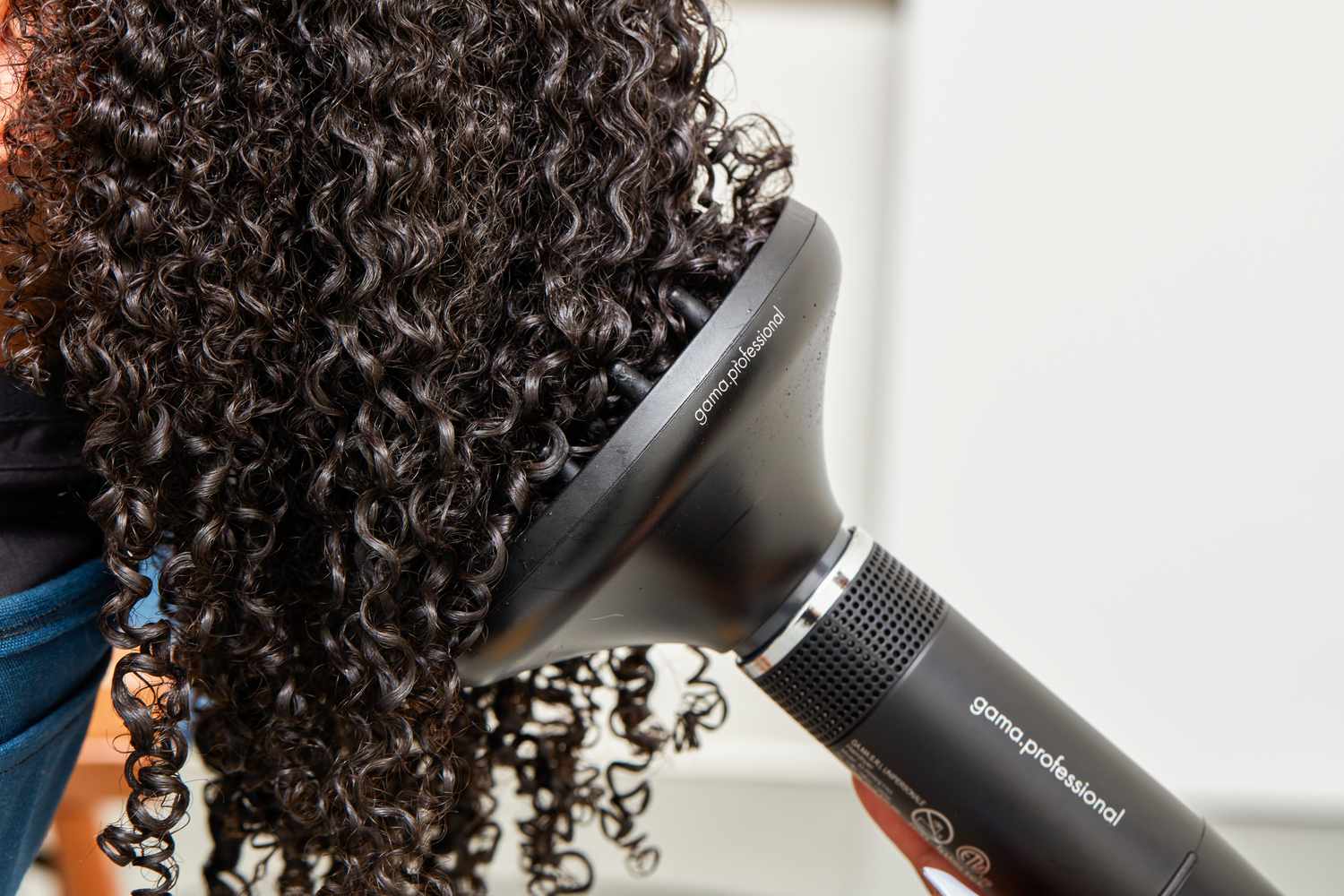
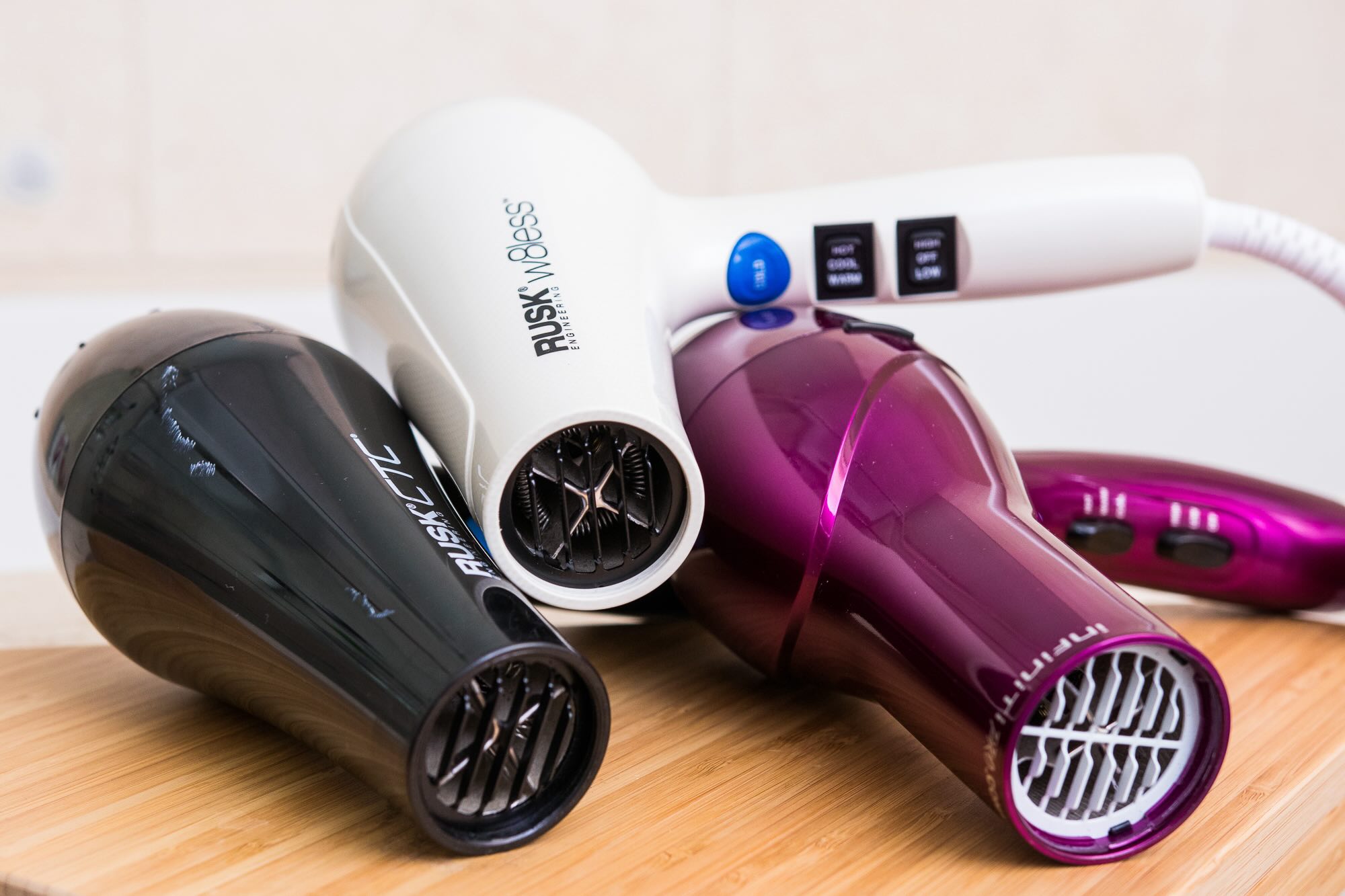
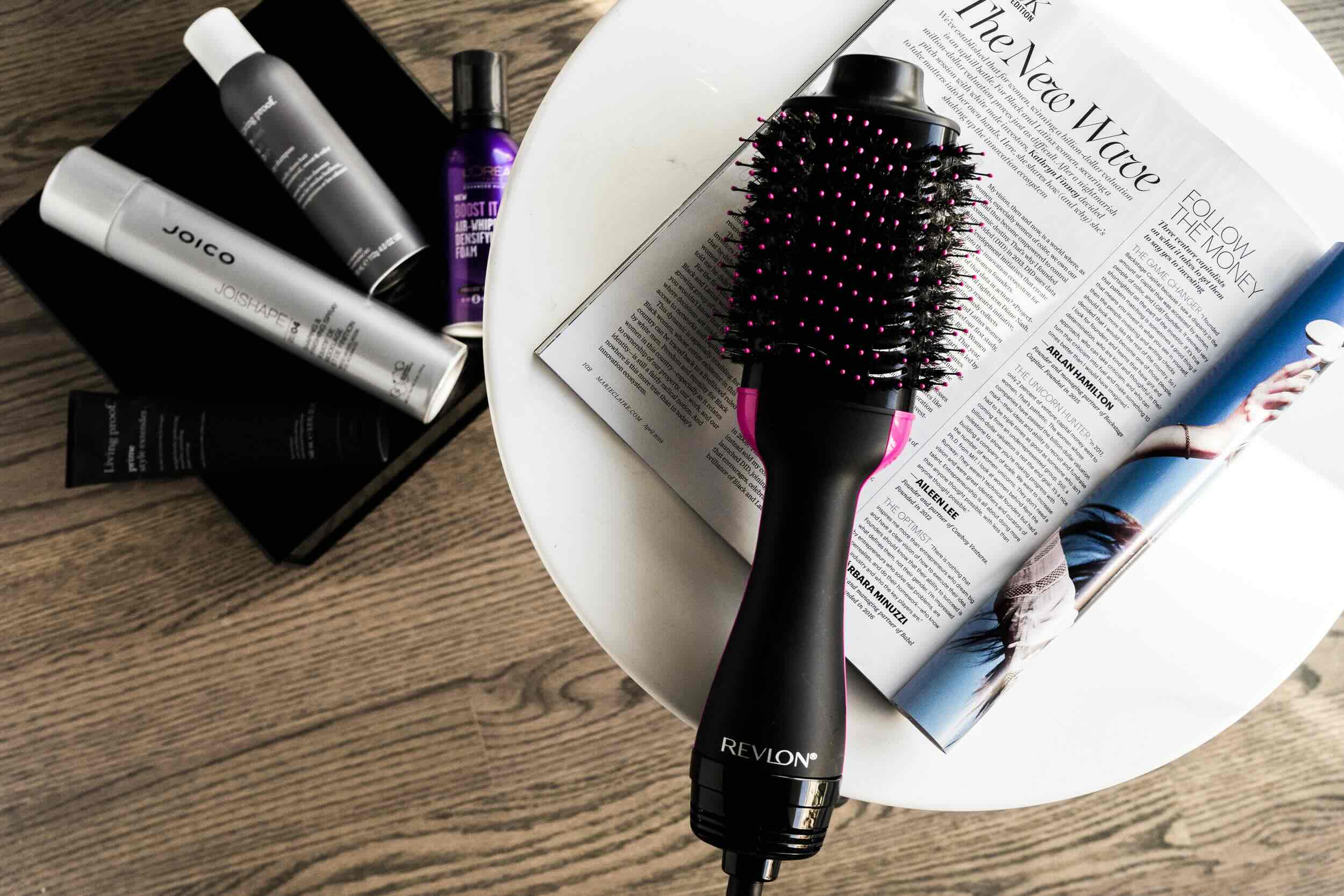
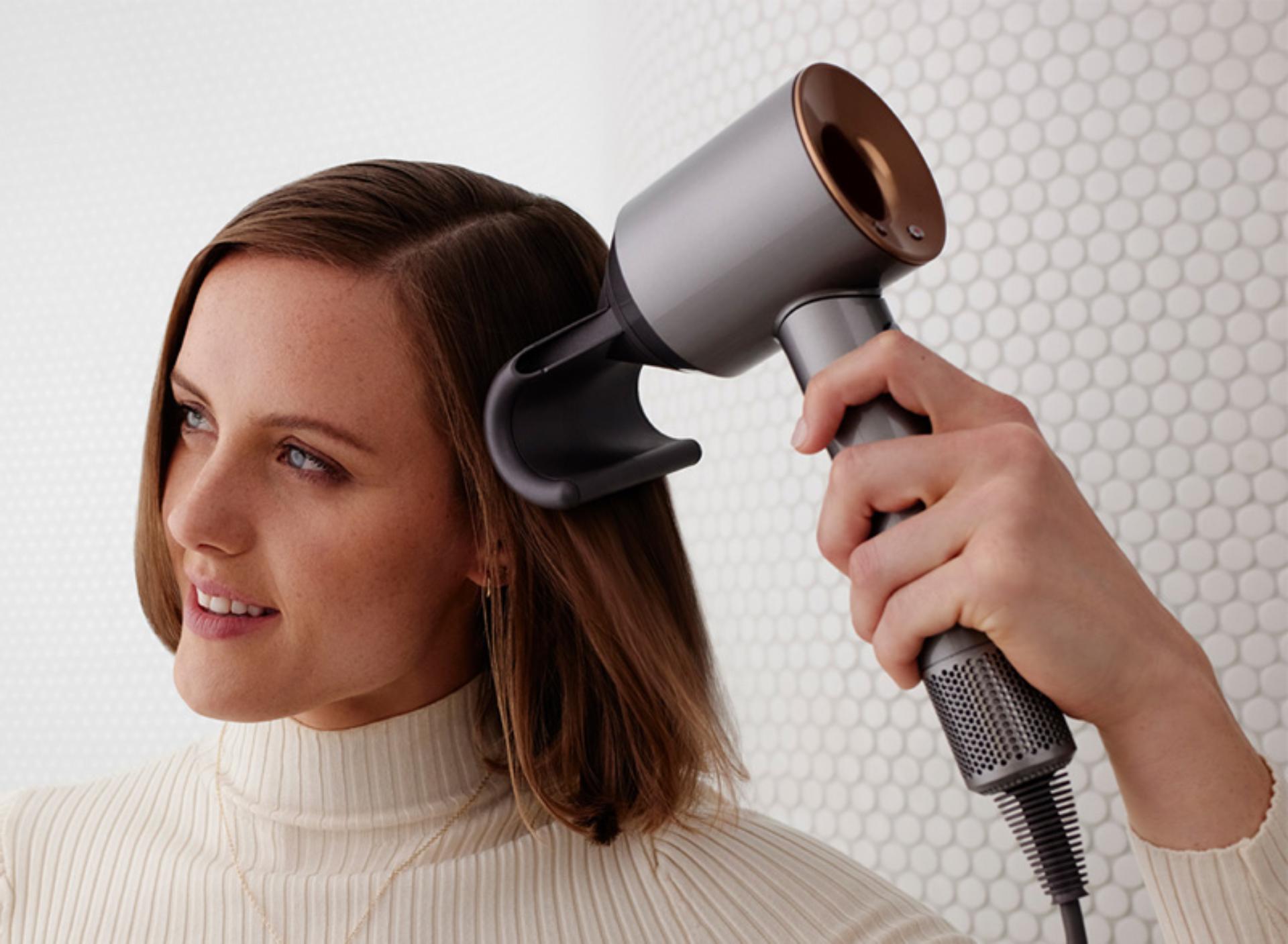
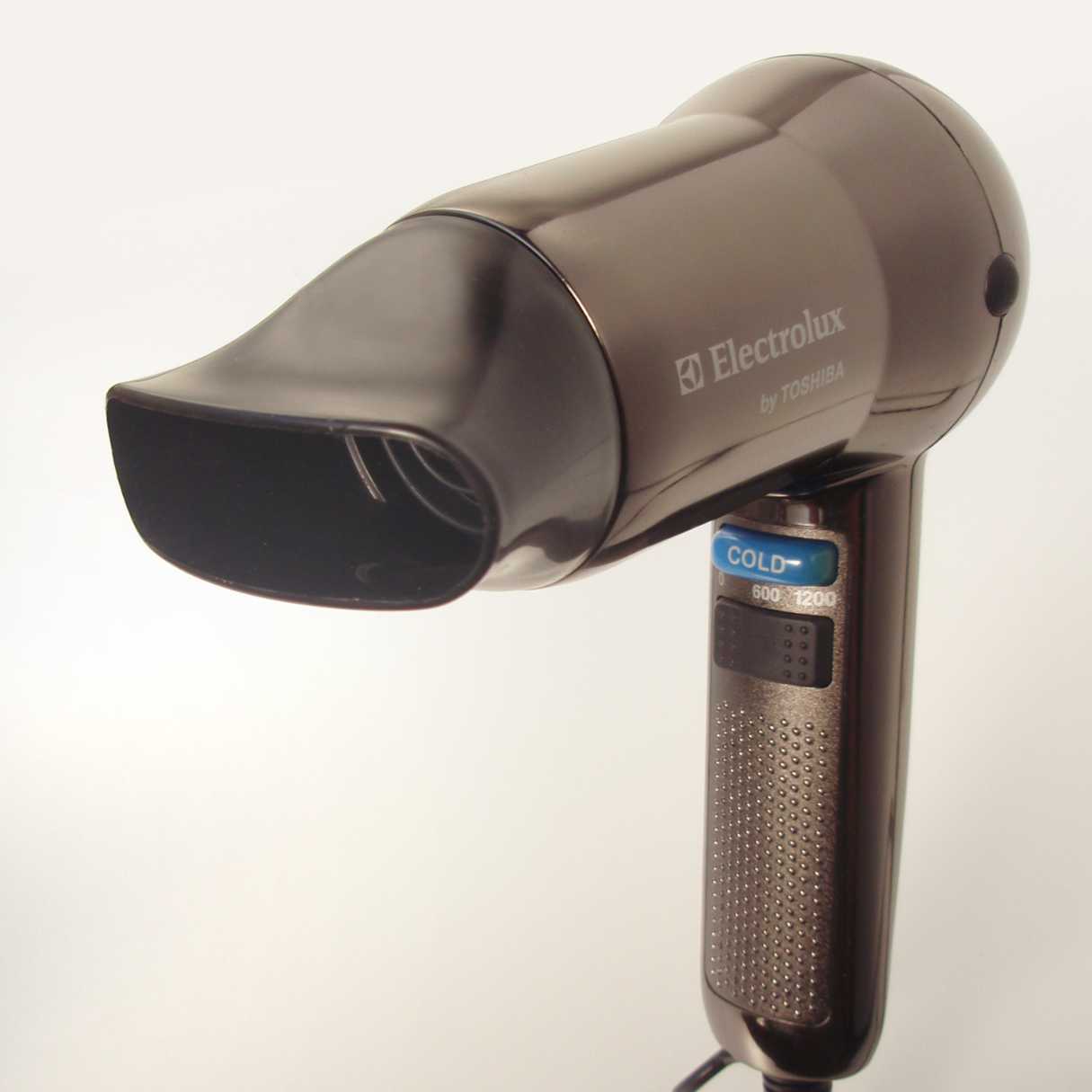
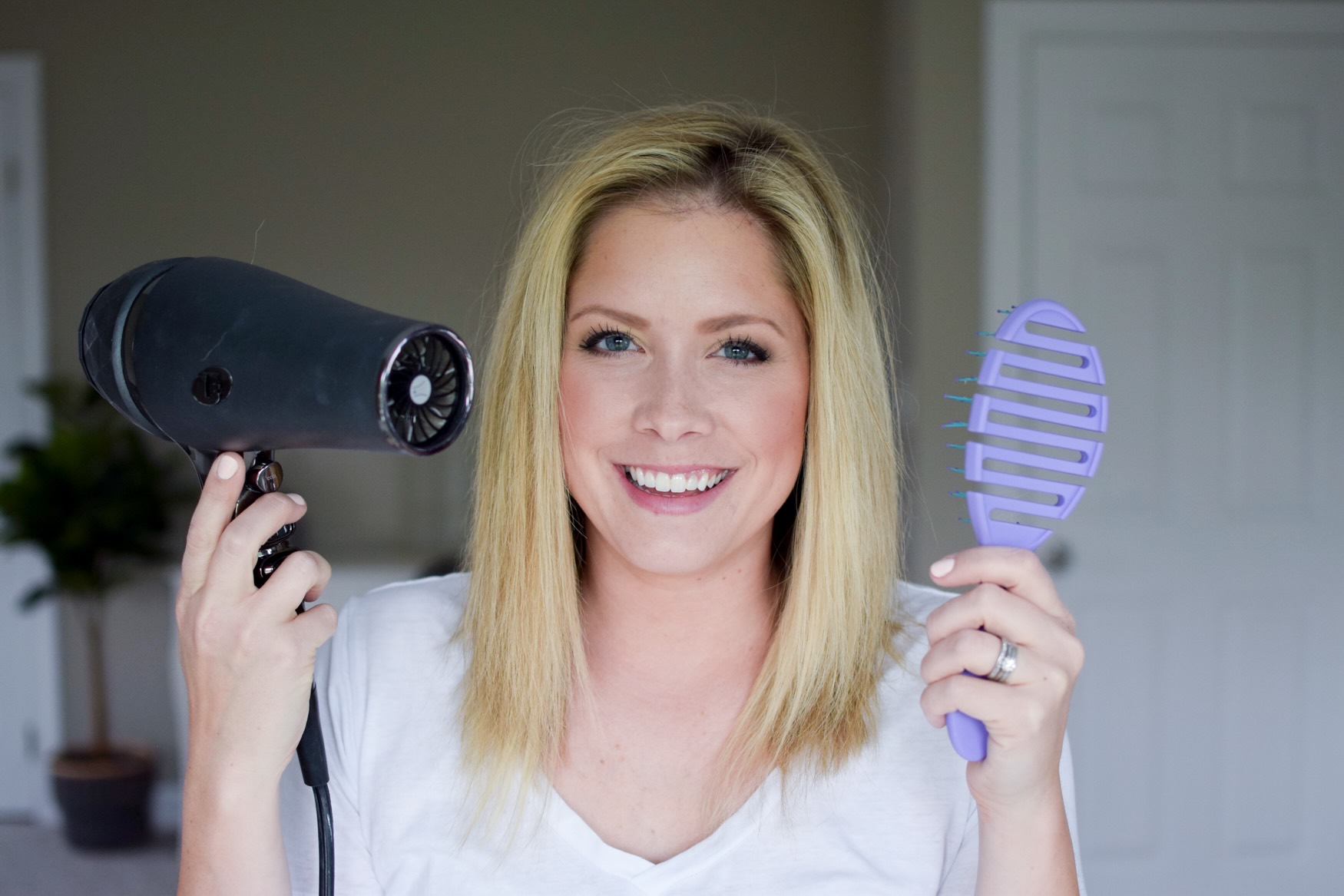
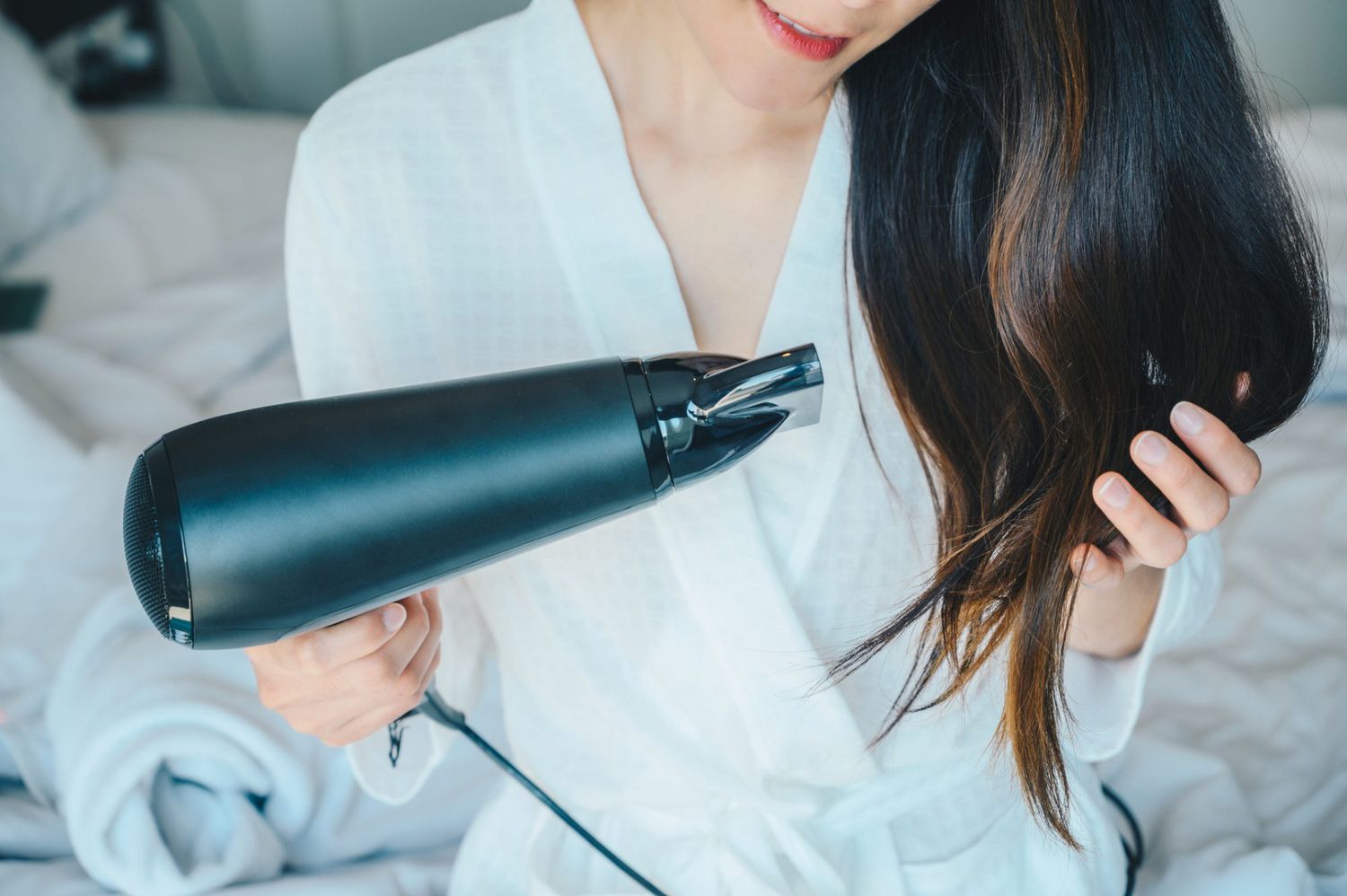
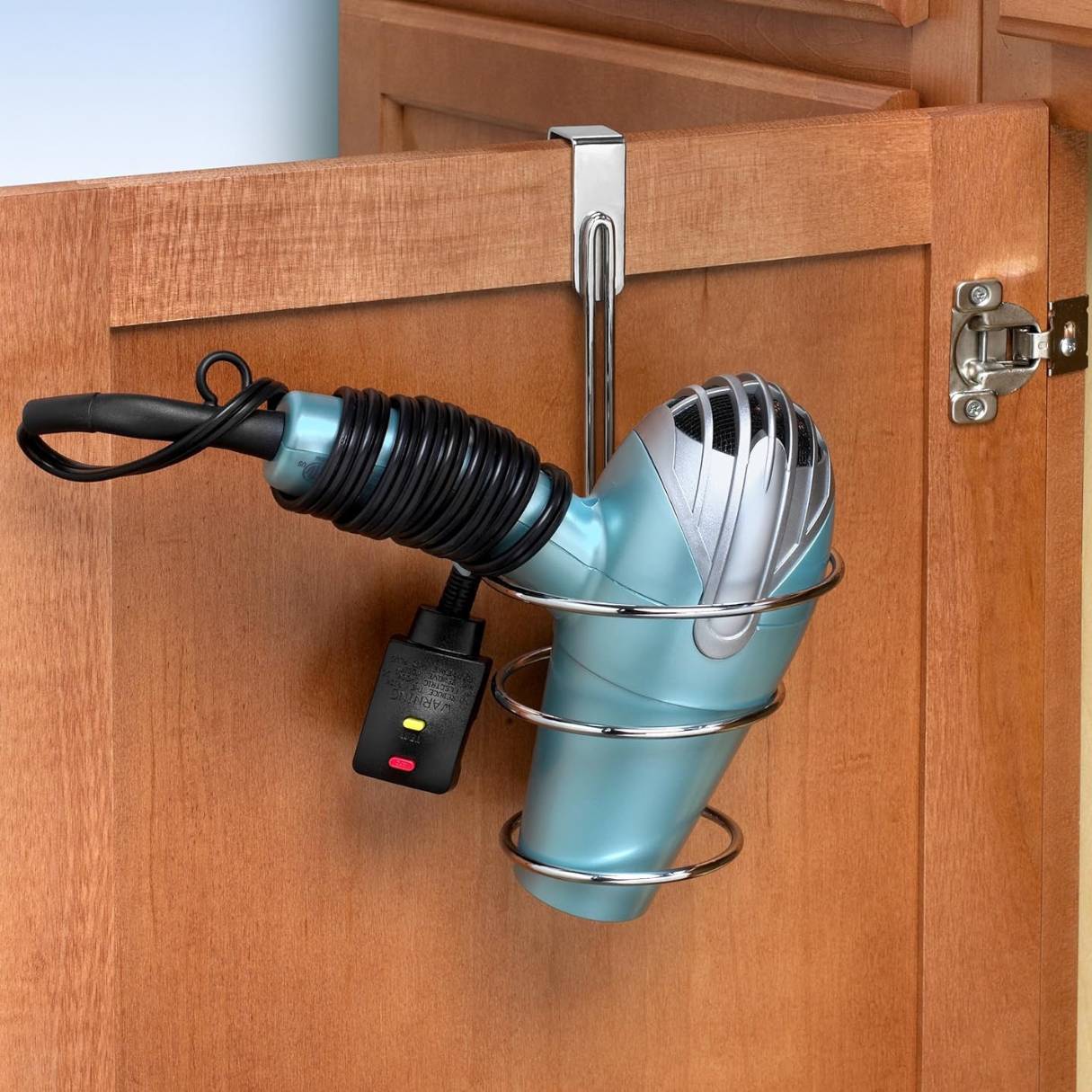
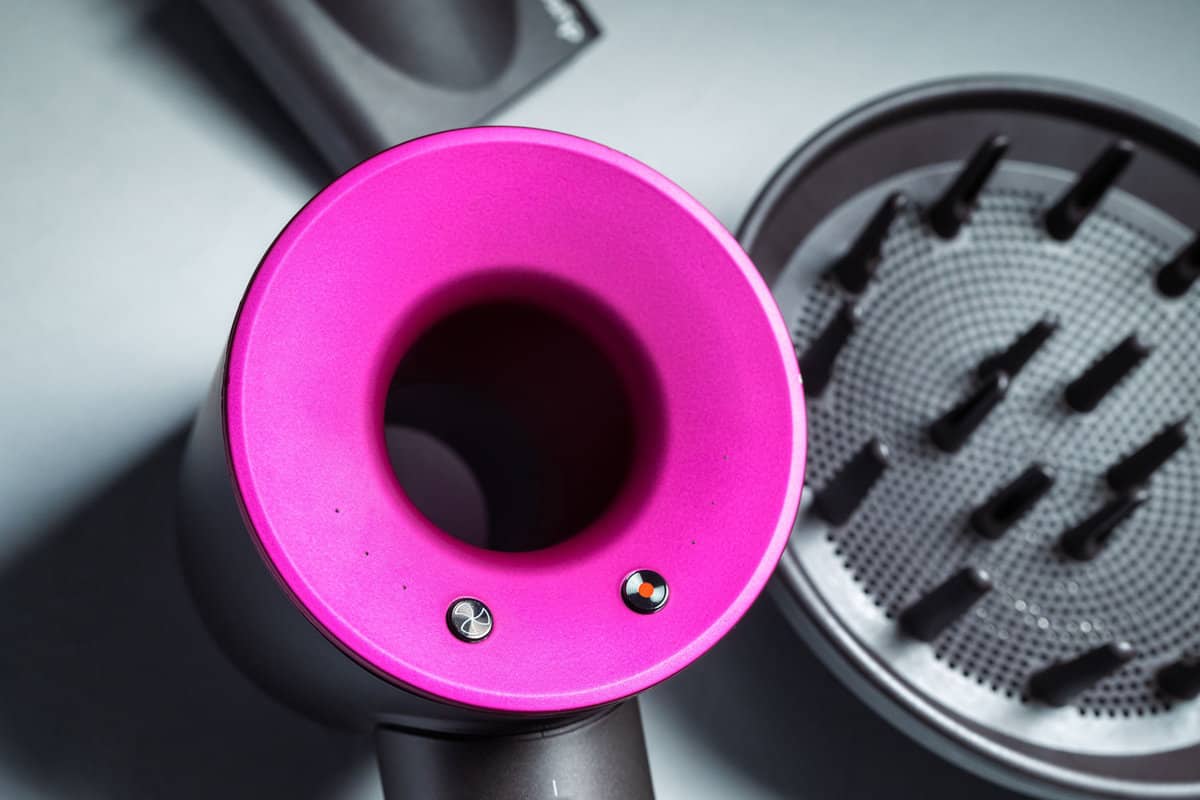

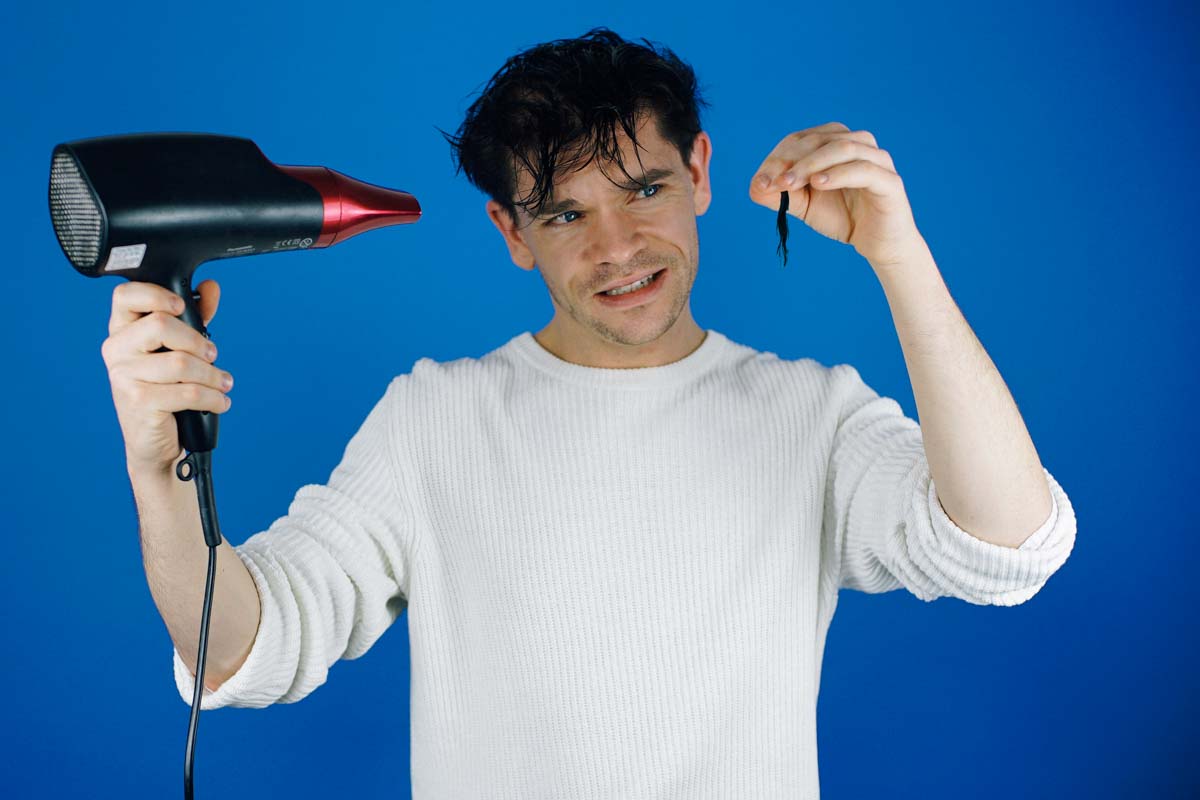
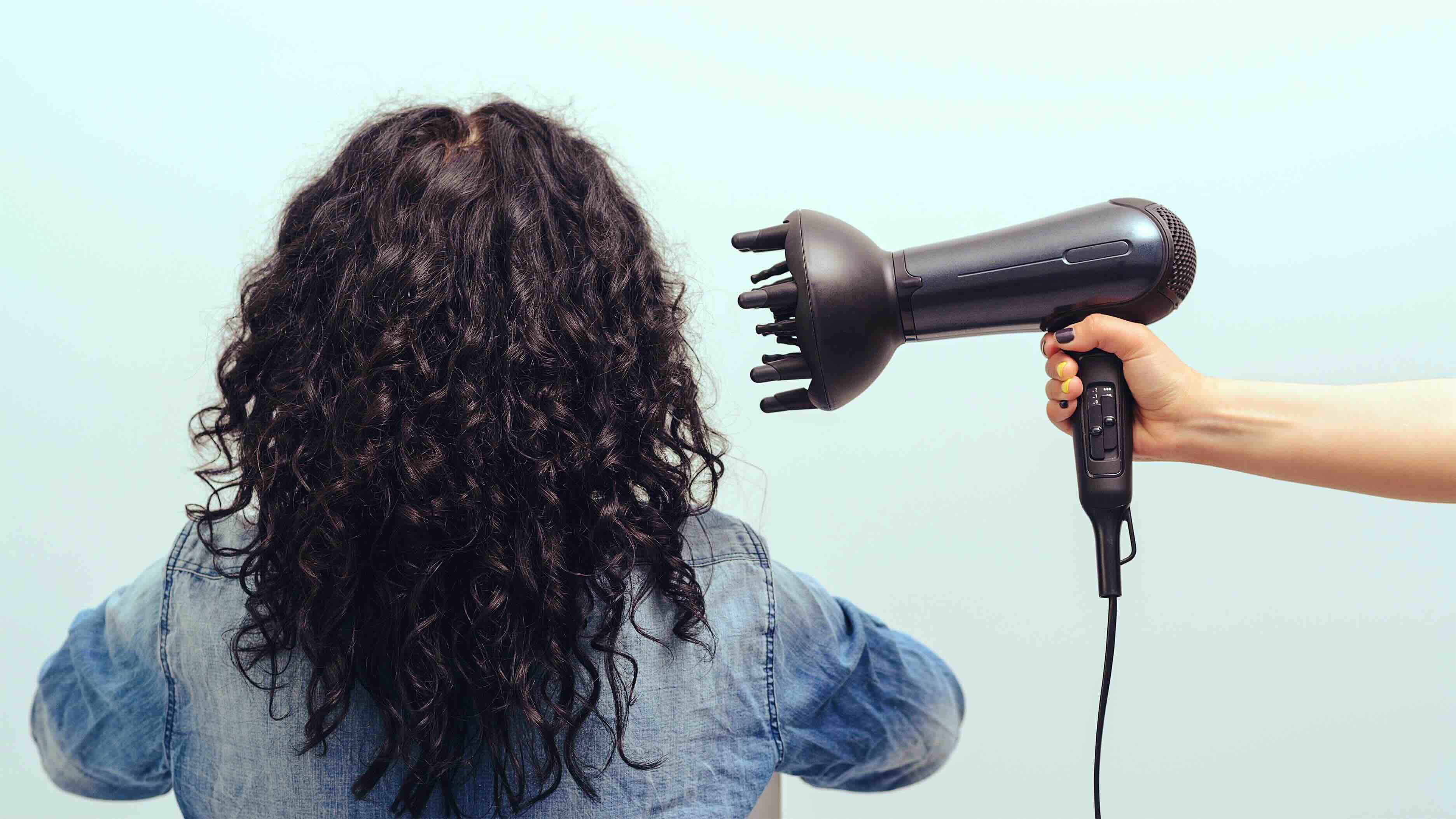
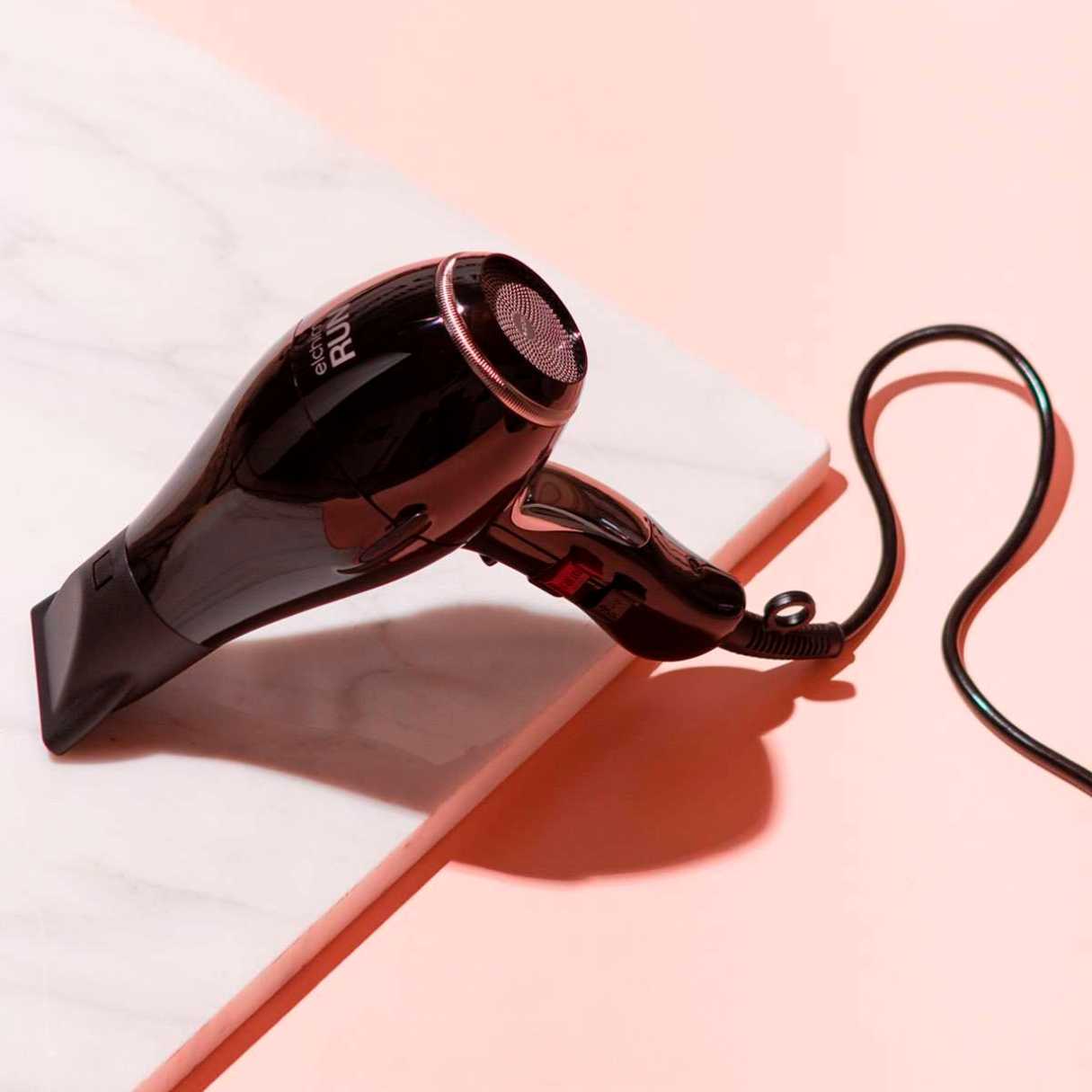
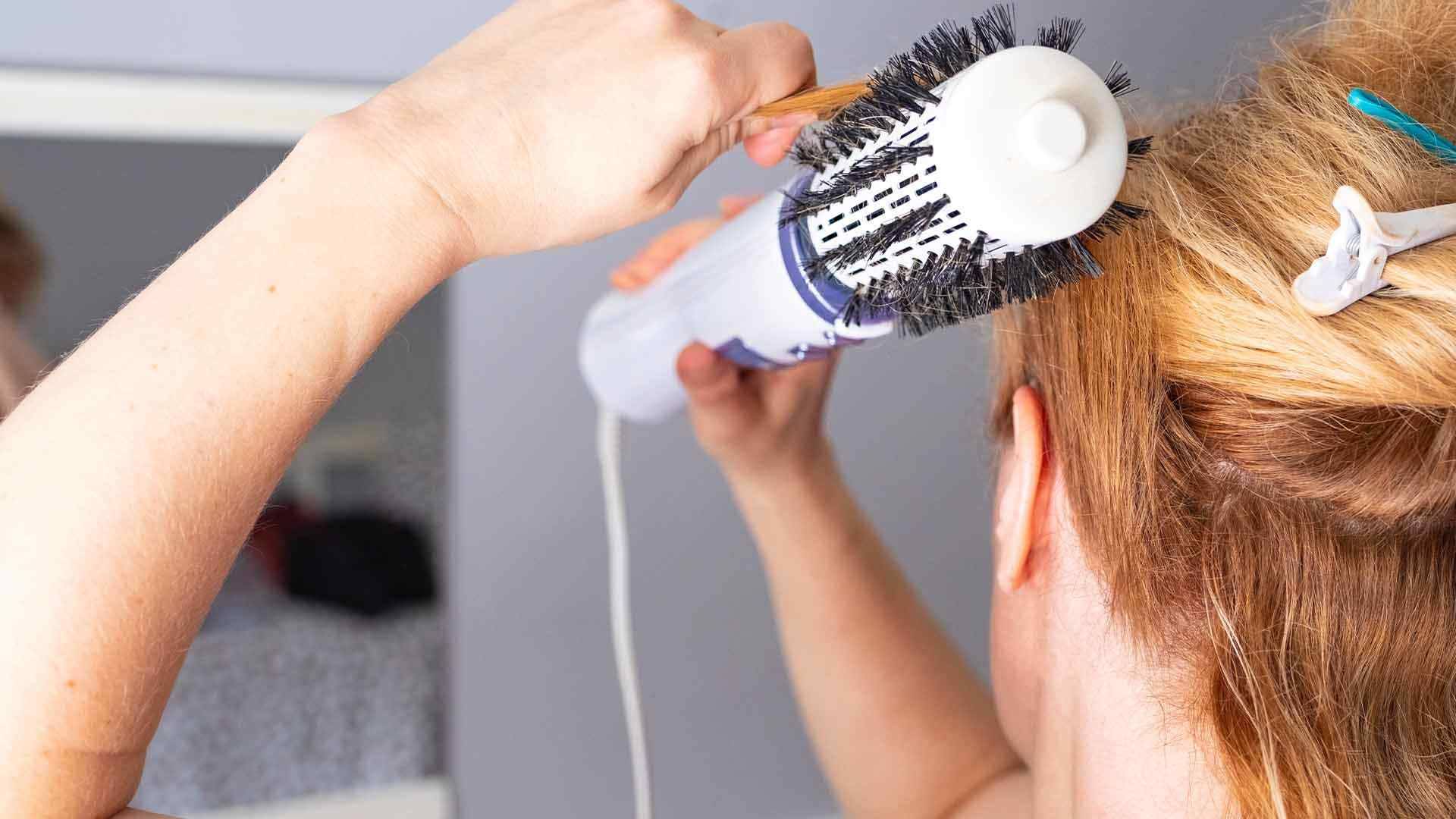

0 thoughts on “How A Hair Dryer Works”